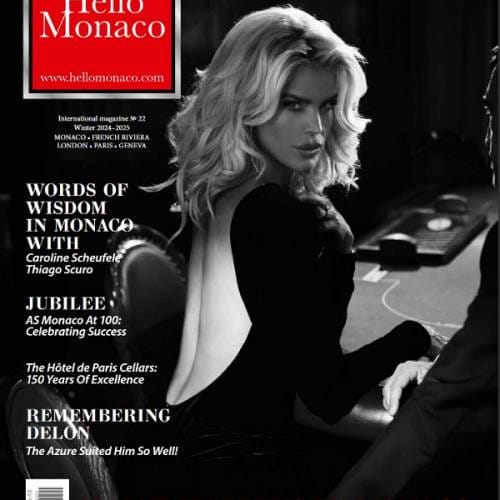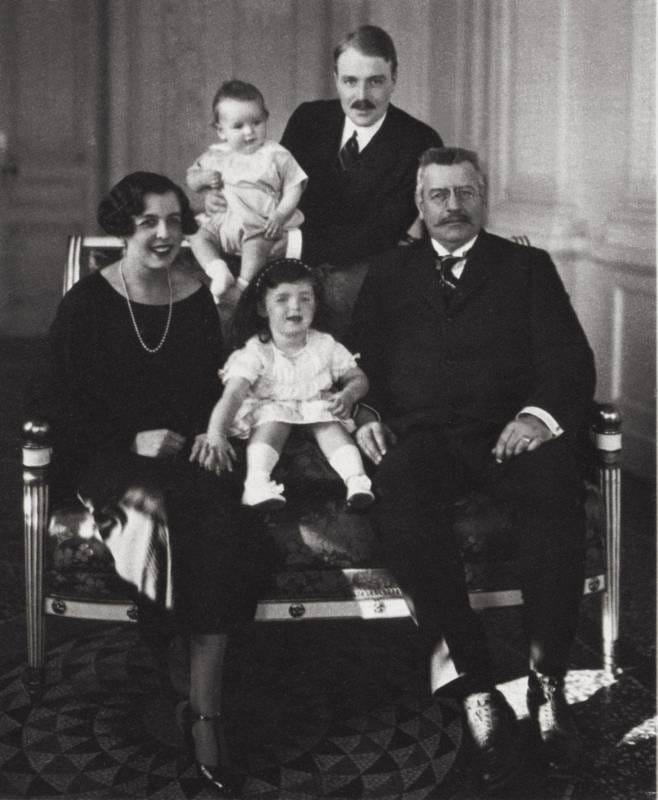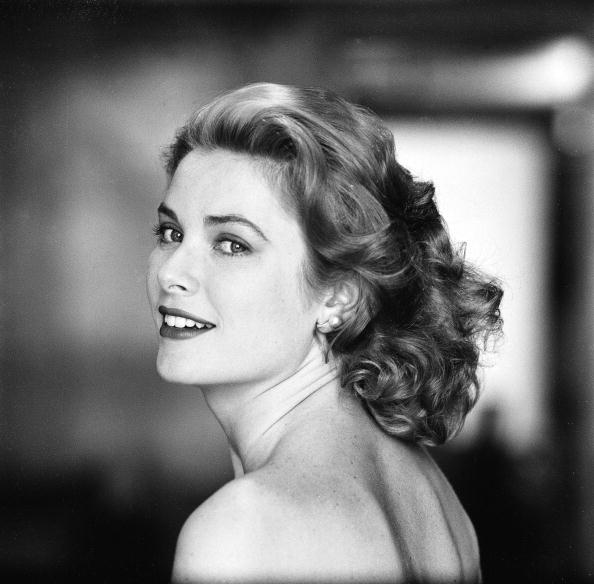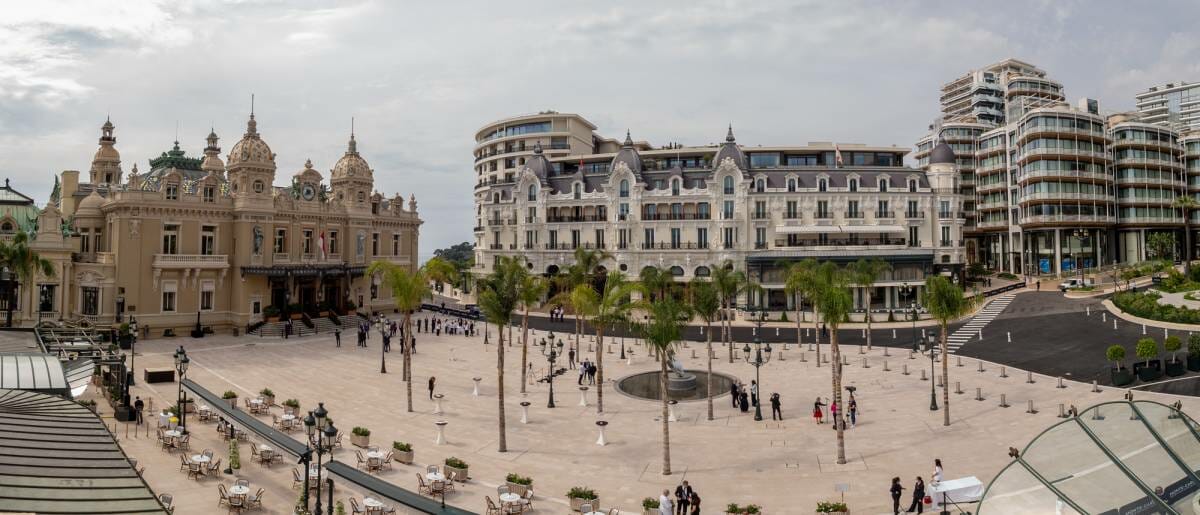Pierre Polignac, grandfather of the current Monaco sovereign, passed away sixty years ago, on November 10, 1964. He is resting in peace in the old Chapelle de la Paix in the princely gardens. Prince Pierre’s contribution in terms of spreading art and literature is palpable to this day. In 1924, Pierre Polignac founded the Monaco Conference Society, home to a number of writers and artists. He also presided over the National Olympic Committee and represented the Principality in UNESCO. And this is but a small part of Prince Albert’s II grandfather’s legacy.
Military service and marriage to a princess
Born on October 24, 1895, in the Château of Kerscamp in Morbihan, Pierre Polignac belonged to old French nobility in Brittany. After his studies at the School of Political Science in Paris, he served in the Spanish Navy. In 1917, he worked at the French embassy in China. On March 19, 1920, the 24-year-old Polignac married Princess Charlotte, Duchess of Valentinois, giving up his diplomatic career.
Charlotte, the only daughter of Louis, the Crown Prince of Monaco, was born out of wedlock. In 1919, however, she was officially recognized as the heiress to the Monaco throne. Following the 15th century dynasty succession rules, Pierre Polignac was proclaimed Prince of Monaco, Duke of Valentinois. Sadly, their love story was not meant to last. In 1933, the princely couple divorced. Prince Pierre left for Paris where he owned his apartment and a country house. Over his short stay in Monaco, however, he did manage to do quite a lot for the Principality and continued to serve the country later on.
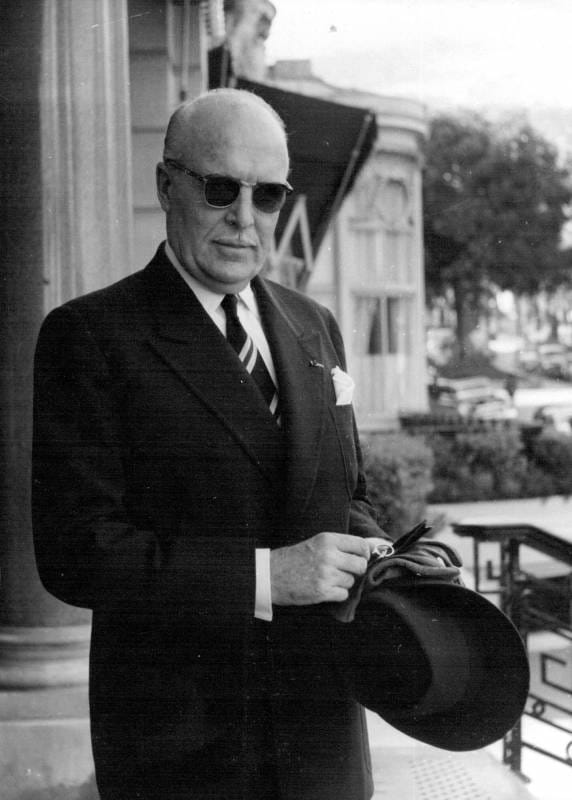
Prince Pierre Prize
Prince Pierre is known for his passion for the arts. In 1922, he inspired the “Theatre of Monaco” to welcome Sergei Diaghilev’s “Russian Ballets”, making it one of the world’s leading dance venues.
Friends with a number of famous writers, in 1924 Prince Pierre founded the “Monaco Conference Society” supporting the most brilliant humanitarians of his time. Among its first speakers was Paul Valéry. This French writer, poet, essayist and philosopher was also a frequent visitor to the Oceanographic Museum of Monaco. His best literary works, including “Cemetery by the Sea” (1920) were invariably inspired by the ocean.
Composer and conductor Darius Milhaud, screenwriter and writer Joseph Kessel, writer, actor, director and producer Sacha Guitry also famously performed at the “Monaco Conference Society”.
In 1951, Prince Pierre established his literary prize, first awarded to the American-French writer Julien Green, recognizing the publication of the last book in his career.
In 1966, in memory of his father, Prince Rainier III created the Prince Pierre Foundation. It is currently presided over by Princess Caroline of Hanover, with its mission of spreading contemporary art. Every year, the Foundation is organizing a season of variously-themed conferences, introducing the public to famous personalities and industry specialists. Over its nearly sixty years, it has welcomed Jacques-Yves Cousteau, Maurice Béjart, Alain Decaux, Patrick de Carolis, Michel Rocard and Jean-Louis Debré as its speakers.
Alongside the Prince Pierre Literary Prize, the Foundation also awards the annual “Coup de Cœur des Lycéens”. Established in 2007, it is awarded by a jury of high school students from local schools. The “Revelation” grant, first created in 2001 to mark the 50th anniversary of the literary prize, is yet another of the Foundation’s awards, recognizing young French-language authors for their first work of fiction.
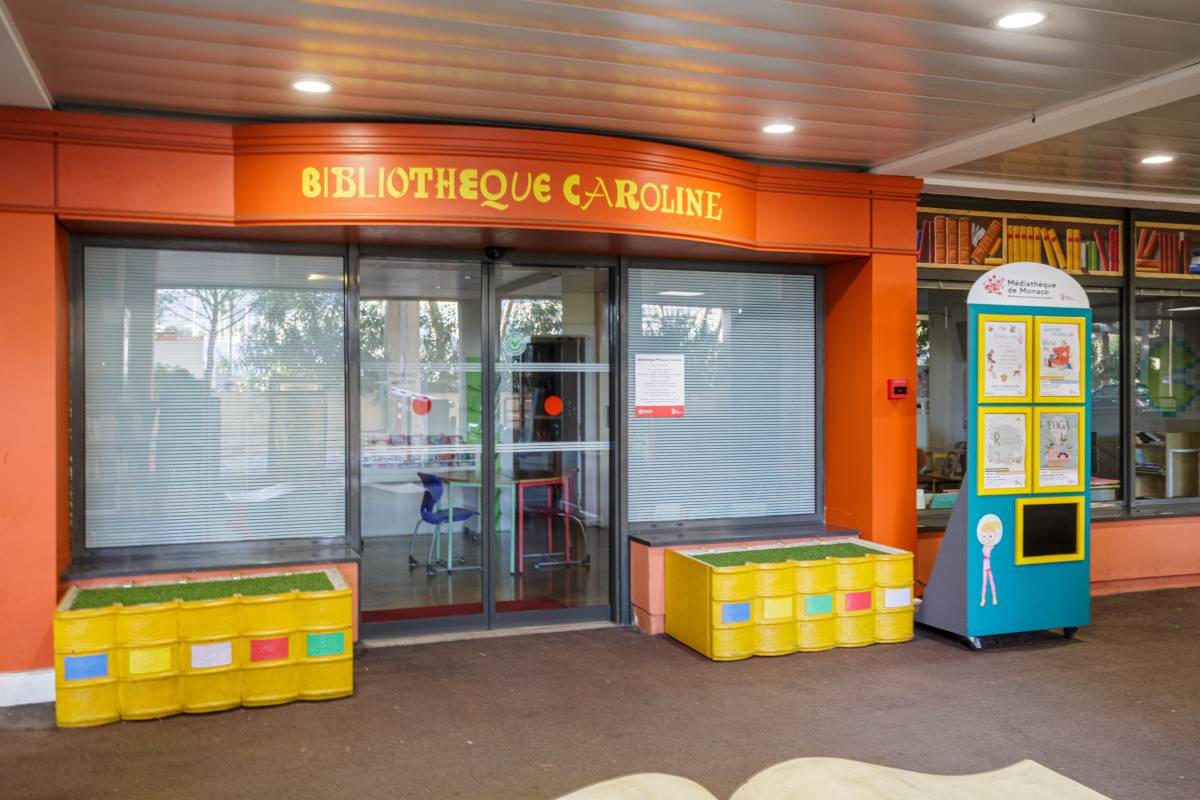
Continuing to serve Monaco
Although Prince Pierre Polignac left Monaco after his divorce and spent most of his time outside the Principality, his contribution was considerable. From 1957, he presided over the Monegasque delegation to UNESCO. From 1950 and until his last days, he was President of the National Olympic Committee.
In 1960, Prince Pierre instituted a music prize, recognizing a music work every three years. Supported by the Academy of Music and Theatre of Monaco and the Princess Grace Foundation, the Prince Pierre Foundation continues to encourage musical creativity among young performers. The “Coup de Cœur des Jeunes Musiciens” prize awarded since 2011 is crowned by a genuine educational project. The following year, as interns at the Academy of Music of Monaco, the winners work on either a classical or a contemporary piece of music specially arranged for them by its composer.
And last but not least, Prince Pierre encouraged the opening of a children’s library in Monaco, named after his granddaughter Caroline.
Those who knew Prince Pierre Polignac of Monaco personally spoke of him as a very generous and bright, yet simple and humble person. Prince Pierre’s role in spreading the Principality’s cultural influence in the world was thus enormous and remains palpable to this day.
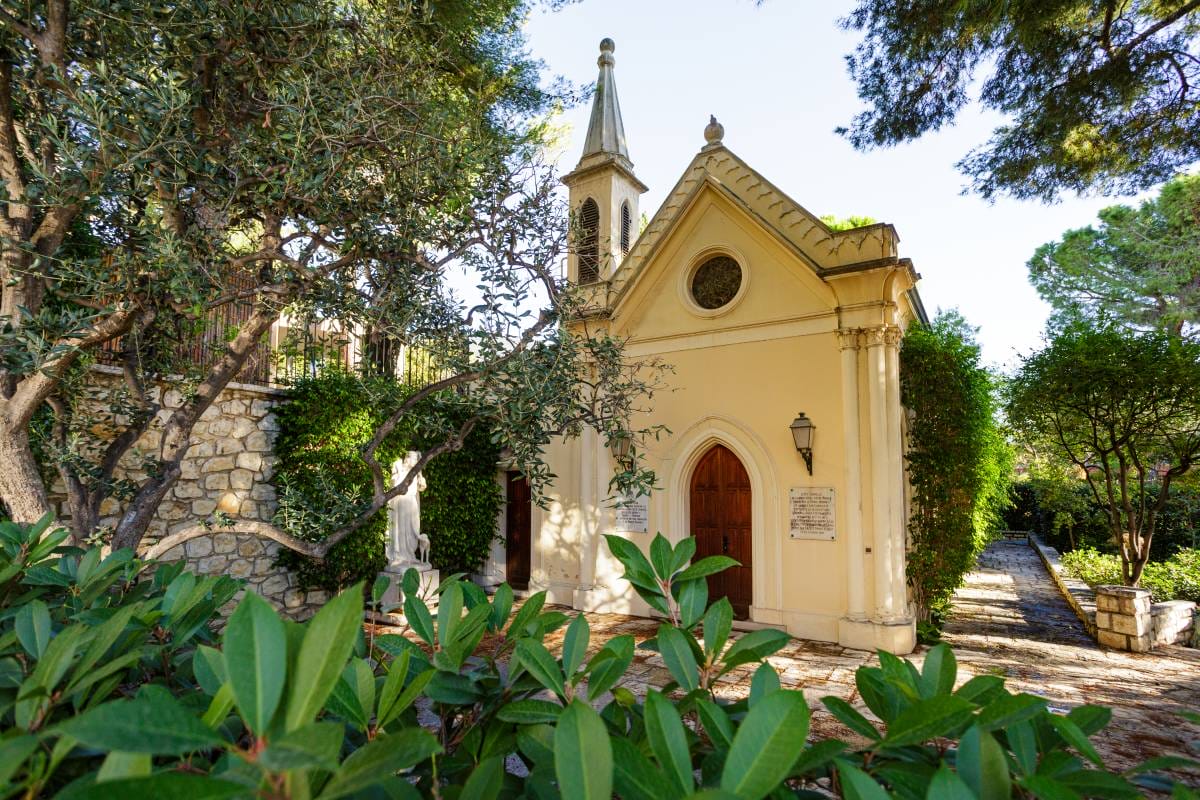
A Meeting with Marcel Proust
One day, the future Prince Pierre met none other than Marcel Proust. This remarkable encounter took place in the salon of his great-aunt, Princess Edmond de Polignac (daughter of the famous sewing machine inventor, Isaac Singer). With his refined moustache, neat hairdo and an aristocratic suit, the handsome Polignac made quite an impression on Proust, later becoming the prototype of the Count of Nassau in the legendary “In Search of Lost Time”.
Marcel Proust first wrote to the young prince in July 1920, inviting him to dine at the Ritz Hotel. But Pierre Polignac did not respond to that invitation. A few weeks later, an outraged writer wrote him yet another, and then another letter… With Proust becoming all the more insistent, Polignac was less and less responsive, ignoring some of his letters altogether.
All in all, Proust is known to have written five letters to Prince Pierre. One of them (bearing some twenty pages), reveals the plot of his future bestseller urging the prince to keep it secret.


